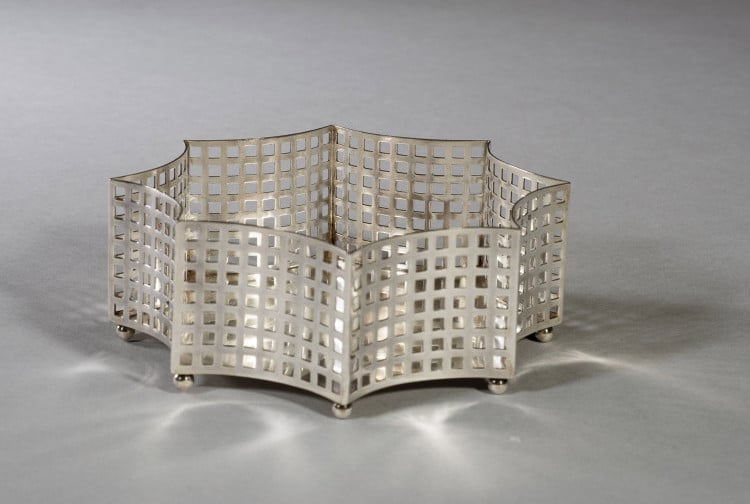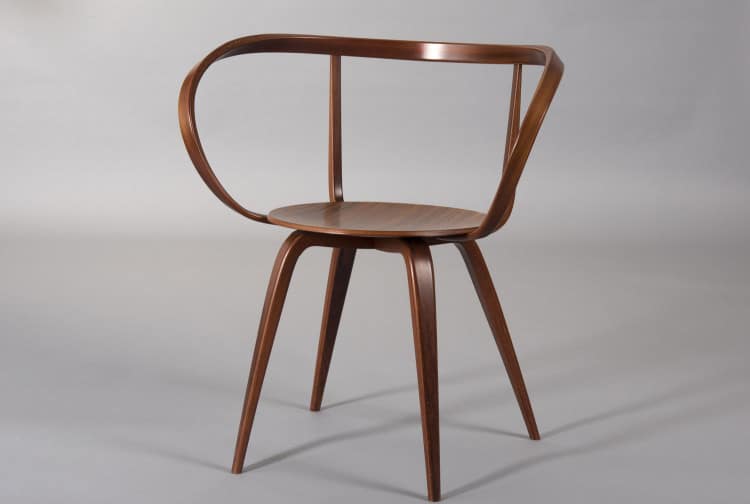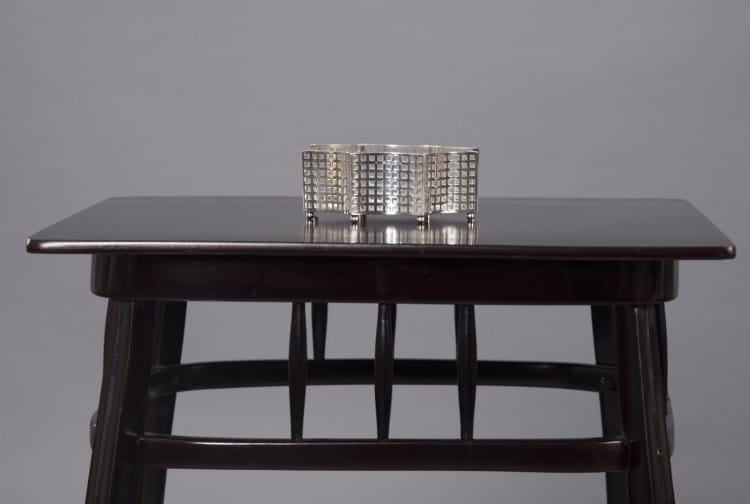20th century! Objects for modern life
Open all year
This exhibition shows handicrafts, art industry and industrial design from the end of the 19th century until today, with objects from the museum's collection. These are objects that have brought new form into the homes of the modern people of the 20th century. With this exhibition, the public will be able to experience a "complete" historical walk at Drammens Museum with objects from the 13th century until the 2000s.
Does time have a form? Does time have a history that can be experienced in how the shape of objects changes? For art and culture history, the answer to both of these questions is yes. Time has a form and it changes with the times. It is said of us humans that: We shape things and things shape us. This statement is a good starting point for seeing how the things we have surrounded ourselves with over the last hundred years have changed form and use as society's forms of production and life have changed. This exhibition builds on folk art and church art's «Objects for life», «Nøstetangen's room» and «Glow and gain» - exhibitions that can now be experienced on the 2nd floor of the museum building. The last part of this object history begins in the time when objects went from being things that were ordered and used and followed families to a time when objects became goods, designed for mass production and traded in a general and anonymous market.
We look forward to presenting and showcasing our unique objects that have been stylistic and exemplary for recent cultural history. There are objects from, among others, the Art & Crafts period and the Wiener Werkstätte over Funkis, Scandinavian Design and postmodernism and all the way to our own time with the Drammen-based glass artist Kari Ulleberg and Norway Says. With this exhibition we also give the 20th century a face. The exhibition will show that Drammen as a harbour city has never been provincial, but has always been a link between the villages inland and at the same time internationally oriented with strong connections to Europe and the world.
Curator of the exhibition: Åsmund Thorkildsen, director






